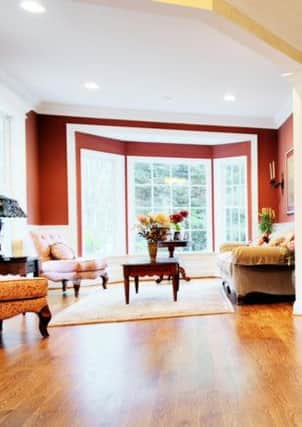Property - Do It Yourself


Firstly, they can be draughty, because filling any small gaps or insulating underneath doesn’t always work well. Another problem with original floorboards is that they’ve often been patched up over the years with newer boards. This obviously needs to be done if they’re in a bad state, but it can be hard to match old and new when you sand and stain them.
If you don’t have period floorboards, or you don’t want to expose the boards you have, there are other options. Laminate flooring, which has a picture of wood printed on the boards, used to be the easiest and cheapest way to get the look, but it has really had its time - wooden flooring has moved on.
Advertisement
Hide AdAdvertisement
Hide AdInstead, try solid wood flooring, or engineered wood, which is made up of layers, with a top layer of real wood. The thickness of the wooden layer varies (usually between about 0.6mm and 6mm), so make sure you know how thick it is and how many times, if any, it can be sanded.
Wooden flooring is fashionable now, but it wasn’t too long ago that carpet was desirable in pretty much every room. Carpet makes a home cosy and comfy underfoot and is also less draughty, more heat retentive and more sound absorbing than many other floor coverings.
Another economical choice is vinyl flooring (sheet or tiles). Vinyl’s not the most fashionable of floor coverings, but it is water resistant and durable. It’s more comfortable and ‘warmer’ underfoot than a hard floor and is also quieter and safer.